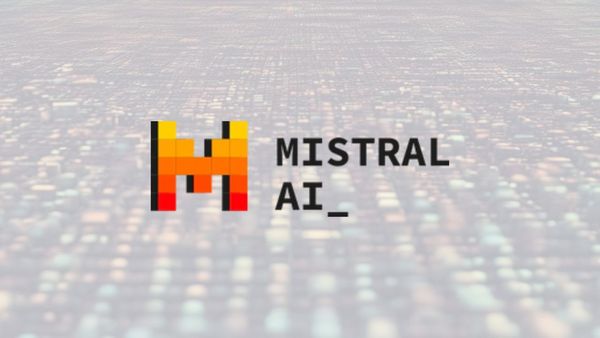Recently, there has been an explosion of new generative AI companies seeking to reinvent existing workflows and applications. However, trying to abruptly shift user behaviour and displace entrenched tools often leads to friction and rejection. A more prudent approach for generative AI is to initially integrate into existing workflows before attempting to fully reinvent daily processes.
Generative AI companies should prioritize integrating with existing workflows and applications before attempting to revolutionize or replace them. By doing so, they can gain trust and become invaluable to users, making it easier to introduce their primary applications in the future.
People and Businesses Already Have Established Workflows
Across organizations, small businesses, and personal use, users have workflows and preferred applications honed over many years of use. These reflect their needs, priorities and personal quirks developed through habit. Attempting to suddenly displace these with new AI apps is likely to meet resistance, as people instinctively resent disruption to their routines.
Many individuals, small businesses, and large organizations have established workflows using applications they trust and have used for extended periods. These systems, whether they're for managing data, handling finances, or creating content, have been refined over time and tailored to meet specific needs.
In the business world, consistency is crucial. Companies spend significant resources training their employees to use specific software and tools. Once these systems are in place, they become an integral part of the company's operations. The same applies to individuals and small businesses. They rely on familiar tools to manage their daily tasks efficiently.
The Risks of Trying to "Reinvent the Wheel"
When GenAI companies introduce entirely new platforms or tools that aim to replace these established systems, they're asking users to abandon their comfort zones. There's a learning curve associated with any new technology. For many, the idea of having to learn a new system – especially one as complex as a GenAI tool – can be daunting.
Moreover, trying to change entrenched behaviours is not a walk in the park. Human beings are creatures of habit. Once we find a method or tool that works, we tend to stick with it. Convincing users to shift from their trusted applications to a new GenAI platform can be a steep uphill battle.
Changing Behaviors is Difficult
Studies consistently show that changing entrenched user behavior is extremely difficult, especially when it involves adopting completely new tools. People inherently prefer to stick to familiar and convenient patterns. Generative AI that abruptly attempts to shift people onto new platforms often triggers frustration and rejection.
The Strategy for Success: Integration Before Revolution
The most successful generative AI applications will be those that recognize existing behaviours and seek to complement and enhance them. Rather than positioning as replacements, they should focus on providing value within current workflows. Once they have become indispensable to users' processes, then they can consider steering people towards reliance on the AI itself.
By integrating with the current workflows, GenAI can demonstrate its value without disrupting the established order.
For instance, a GenAI tool that offers advanced data analysis could integrate with a popular spreadsheet application. Users can benefit from the enhanced capabilities of the AI while still using the familiar interface of their trusted software.
By adopting this approach, GenAI companies can slowly build trust with their user base. Once they've proven their worth and become indispensable to the workflow, they'll be in a stronger position to introduce their primary GenAI applications.
Takeaway
The lure of reinventing daily workflows is tempting for generative AI companies. However, trying to suddenly displace established tools and behaviors often backfires.
A smarter approach is to first integrate into existing flows and provide value. Once indispensable, guiding users to new AI-centric processes will face less resistance. Rather than prematurely trying to shock users, generative AI should focus on complementing current behavior. This evolutionary approach is more likely to succeed.








